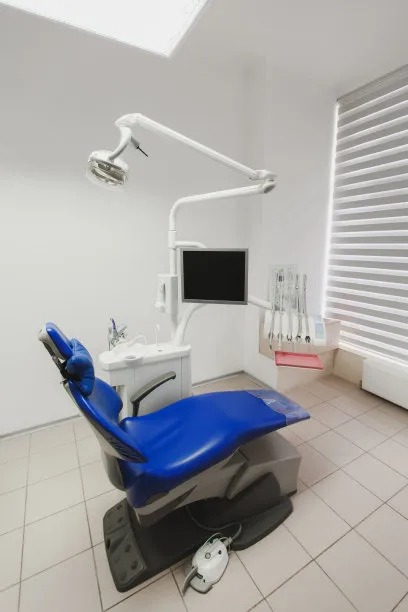Essential Guidelines and Precautions to Follow Before and After Dental Filling Procedures for Optimal Oral Health
Summary: Dental fillings are a common yet crucial procedure in maintaining optimal oral health. To ensure a successful filling treatment and preserve your dental health, it is essential to follow certain guidelines and precautions. This article illustrates the necessary actions to take before and after receiving dental fillings. By adhering to these guidelines, patients can minimize potential issues, enhance recovery, and achieve long-lasting results. We will explore four key areas: preparing for dental visits, understanding the filling process, post-procedure care, and recognizing signs of complications. This comprehensive overview aims to equip patients with the knowledge to navigate their dental care effectively.
1. Preparing for Dental Visits Effectively

The first step in ensuring a successful dental filling procedure is proper preparation. Patients should begin by scheduling an appointment with a qualified dentist. An initial consultation is crucial, as it allows the dentist to assess oral health and decide on the best filling method. Patients should not hesitate to ask questions regarding the procedure, including the materials used and the expected duration.
Moreover, creating a list of medications and supplements being taken is essential. Informing the dentist about any existing health conditions allows for more tailored treatment. Additionally, if patients are nervous about dental procedures, they should communicate this to their dentist, who may provide sedation options for a more comfortable experience.
On the day of the appointment, patients should eat a light meal beforehand. This helps maintain energy levels during the procedure while alleviating discomfort from hunger. Arriving early allows time to complete any necessary paperwork and reduces the chance of rushing through the visit.
2. Understanding the Dental Filling Process
Once at the dental office, understanding what happens during the filling procedure can alleviate anxiety. The dentist will begin by numbing the affected area with local anesthesia, ensuring comfort during the process. This can take a few minutes to take effect, and patients should feel no pain during the filling installation.
The next step involves removing any decay in the affected tooth using specialized tools. Once the cavity is cleaned, the dentist will place the filling material, which can include composite resin, amalgam, or gold. After placement, the dentist will shape the filling to fit perfectly, ensuring proper biting surfaces.
Finally, X-rays may be taken to confirm that the filling is well-placed, and the patient will be informed about post-procedure care. Understanding these steps helps cast away fears and promotes a positive outlook on necessary dental treatments.
3. Post-Procedure Care for Optimal Recovery
Following the filling procedure, patients must be mindful of their oral care routine. Initially, it is advised to avoid eating for at least two hours to allow the anesthesia to wear off and prevent biting the inner cheek or tongue accidentally. When they resume eating, soft foods are recommended to minimize irritation to the filled tooth.
Maintaining good oral hygiene is of utmost importance. Patients should gently brush their teeth but avoid direct contact with the new filling for the first 24 hours. They can resume regular brushing and flossing after this period but should take care when cleaning around the filling. Using a fluoride toothpaste helps strengthen the enamel.
Additionally, patients must keep an eye on the filled tooth for signs of sensitivity or discomfort. Mild sensitivity to hot or cold items is common but should decrease over time. If pain persists or worsens, contacting the dentist for a follow-up is crucial to prevent complications.
4. Recognizing Signs of Complications
Awareness of potential complications can improve post-procedure outcomes. Symptoms such as prolonged pain, excessive sensitivity, or swelling may indicate that something is wrong with the filling or surrounding tissues. Patients should not ignore these signs, as they could suggest improper placement or the presence of decay beneath the filling.
Another crucial symptom to observe is the feeling that the filling is too high. If patients feel a difference in their bite or discomfort when chewing, contacting the dentist is essential for an adjustment. Addressing these issues promptly can prolong the life of the filling and prevent further dental issues.
Lastly, regular dental check-ups after a filling are key to ensuring long-term oral health. Routine examinations help in early detection of issues while reinforcing the importance of oral hygiene.
Summary:
Proper preparation, understanding the procedure, diligent post-care, and recognizing complications are vital for successful dental filling outcomes. By following these essential guidelines and precautions, patients can maintain optimal oral health and maximize the longevity of their dental work. Taking charge of ones dental care fosters a proactive approach to health.
This article is compiled by Vickong Dental and the content is for reference only.


